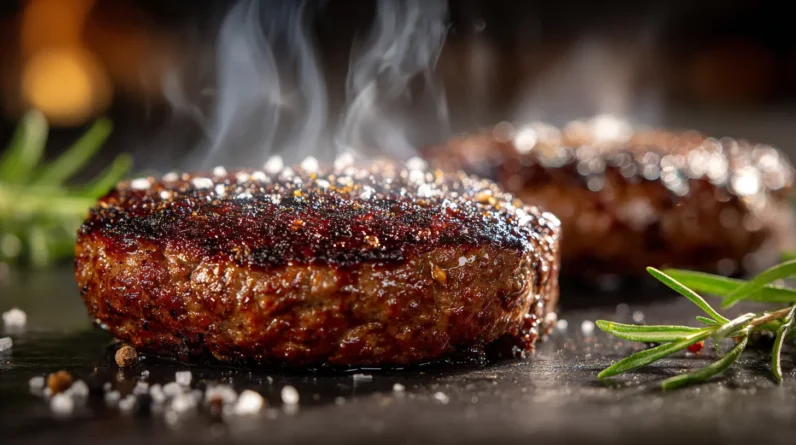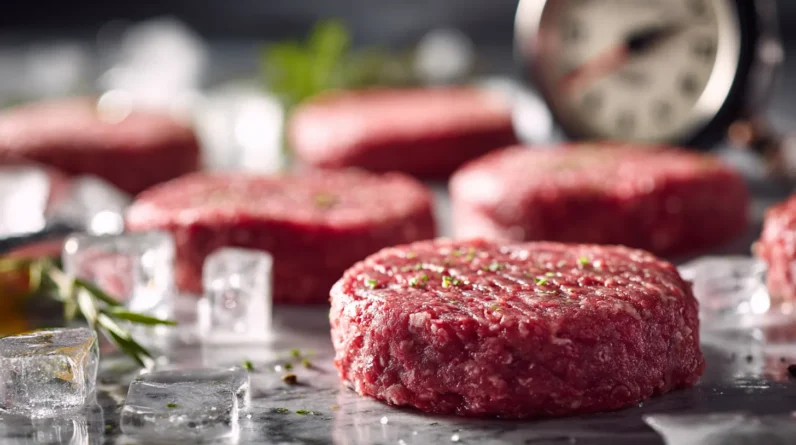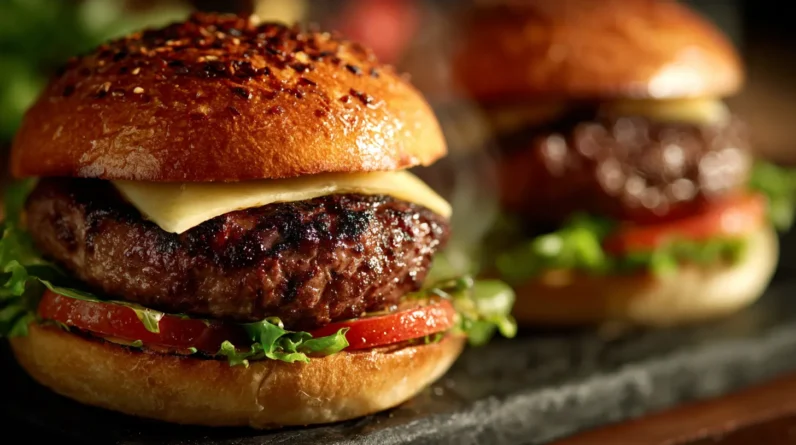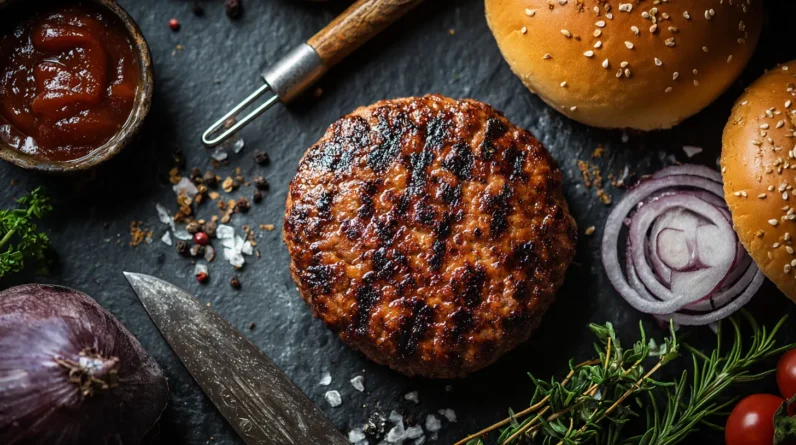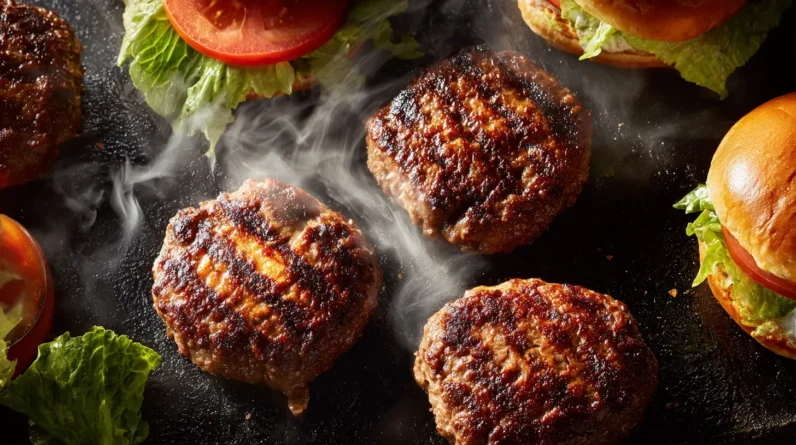
Resting beef patties before cooking is an important step we often overlook, but it greatly impacts the final product. When we compact ground meat, we create a cohesive unit that’s essential for even cooking. However, the proteins in the meat can become tense, leading to overcooking and a tough texture. Resting the patties for 30 minutes to an hour allows the proteins to redistribute, relax, and reabsorb lost juices, creating a more balanced flavor profile and tender texture. By understanding the science behind resting patties, we can reveal the secrets to achieving consistently high-quality beef patties that exceed our expectations.
The Science of Patty Formation
We form beef patties through a process that involves compacting ground meat into a cohesive unit, and this process is essential for creating a patty that holds its shape and cooks evenly. Proper patty composition is vital, as it directly impacts the final texture and flavor of the cooked patty. When we compact ground meat, the protein structure is altered, creating a matrix of protein fibers that provides strength and cohesiveness to the patty.
The ideal balance of protein and fat is also significant, as excessive fat can lead to a patty that’s prone to breaking apart. By carefully controlling the patty formation process, we can create a consistently high-quality patty that’s perfect for cooking.
Understanding the science behind patty formation is key to achieving mastery over beef patty production.
Benefits of Resting Beef Patties
As the final shape and composition of our beef patties take form, a period of rest before cooking can greatly impact their overall quality. Resting allows the proteins in the meat to redistribute and relax, reducing the likelihood of overcooking and promoting even cooking. This, in turn, enhances the overall texture and structure of the patty.
Moreover, resting beef patties enables flavor enhancement as the seasonings and marinades penetrate deeper into the meat. Additionally, moisture retention is improved as the fibers in the meat reabsorb any lost juices, resulting in a juicier patty.
By incorporating a resting period, we can create a more complex and balanced flavor profile, ultimately leading to a superior culinary experience. Effective resting is essential in achieving a consistently high-quality beef patty.
How to Properly Rest Patties
Resting beef patties requires careful consideration of time and handling to optimize its benefits. When it comes to the resting duration, we recommend letting the patties rest for at least 30 minutes to an hour before cooking. This allows the meat to relax and redistribute its juices, resulting in a more evenly cooked patty.
As for the ideal temperature, we suggest resting the patties at room temperature, around 70°F to 75°F (21°C to 24°C). This temperature range helps to prevent bacterial growth while allowing the meat to relax.
During this time, it’s crucial to handle the patties gently to avoid compacting the meat, which can lead to a dense, tough texture.
Common Mistakes to Avoid
Now that we’ve mastered the art of properly resting beef patties, it’s time to tackle a common pitfall that can greatly impact the final product – mistakes in the resting process. One mistake we often see is overcooking patties, which can lead to dry, tough meat. This can be attributed to inadequate resting time, causing the meat to tighten up too much before cooking.
Another mistake is improper seasoning, which can result in uneven flavor distribution. To avoid this, season the patties immediately after forming them, making sure to coat all surfaces evenly. Additionally, avoid over-handling the meat during the resting process, as this can cause the meat to compact and lose its natural juices.
Achieving Perfect Patty Texture
Achieving the perfect patty texture involves precise control over the resting process. We’ve found that allowing patties to rest for 30 minutes to an hour enables even fat distribution, resulting in a juicier final product. During this time, the seasonings penetrate deeper into the meat, enhancing the overall flavor profile.
When implementing seasoning techniques, it’s crucial to take into account the resting period, as this allows the seasonings to meld with the meat. By mastering the resting process, we can create a harmonious balance of flavors and textures. This, in turn, translates to a more complex and satisfying dining experience.
Conclusion
In summary, resting beef patties before cooking is an essential step in achieving perfect patty texture. Did you know that research suggests that up to 30% of a burger’s juiciness is lost during cooking if the patty isn’t rested beforehand? By properly resting our patties, we allow the proteins to redistribute, resulting in a more even cook and a juicier final product. This simple step can make all the difference in taking our burgers from good to great.


